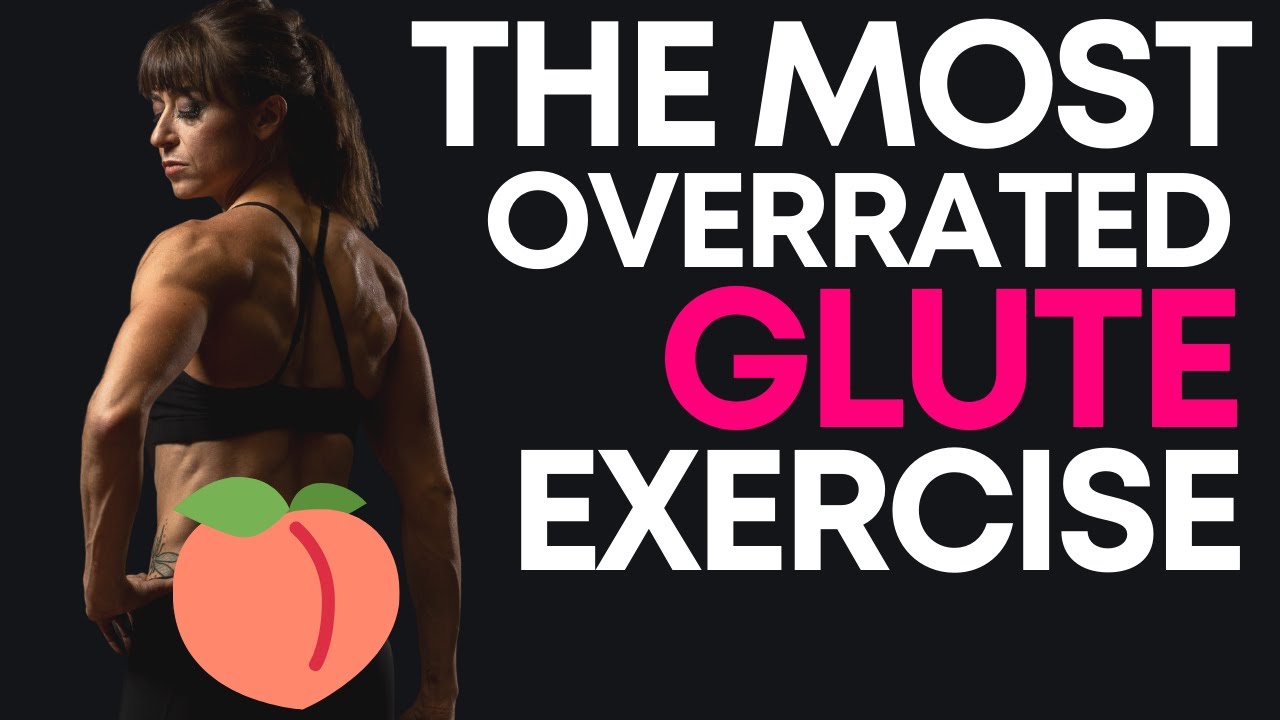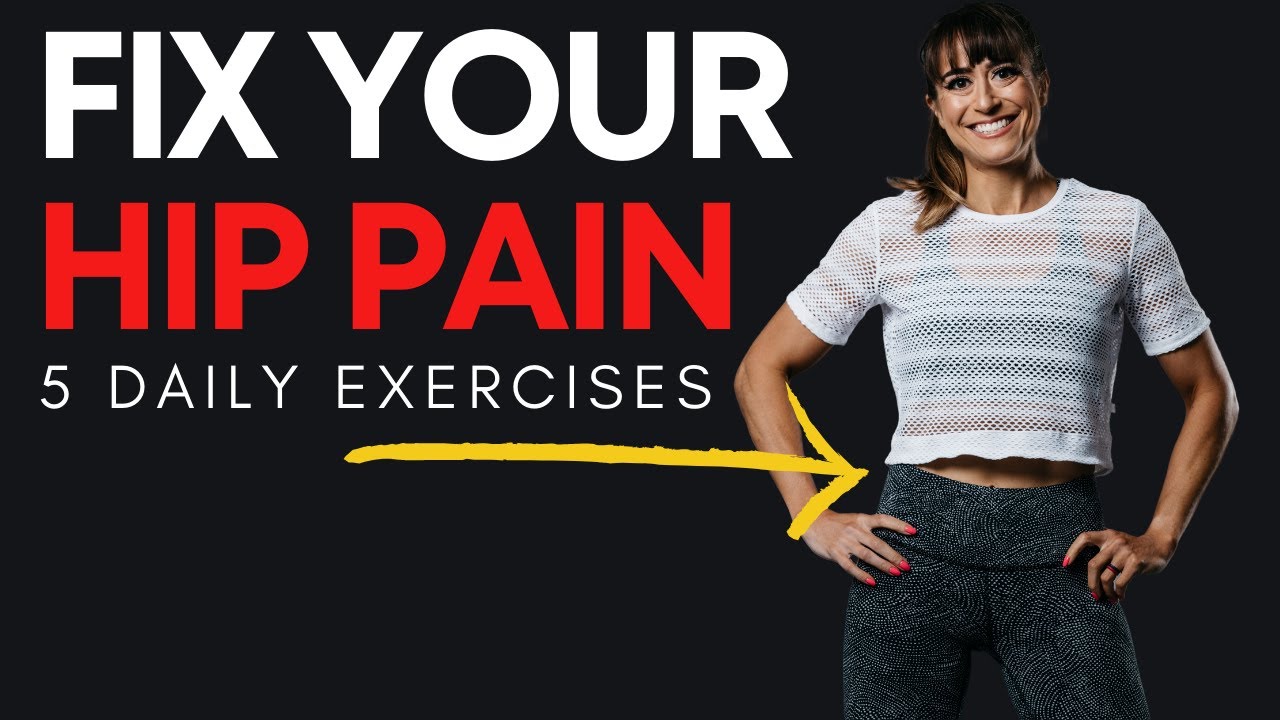
The Most Underrated Dumbbell Glute Exercise
I’ve never been a fan of the whole squat for a better butt thing. I think squats are honestly overrated as a glute move, but that’s a video for another day.
And while I do think you need a diversity of movements to really get the best results for any muscle group, I wanted to share one of my favorite dumbbell glute exercises that I think is often forgotten about and overlooked.
It’s the Dumbbell Skier Swing.
The kettlebell swing is an amazing hip hinge exercise to work on that explosive glute power or even your strength endurance based on how you implement it.
It’s not only a great move to improve your conditioning but also your strength.
But if we don’t have a kettlebell, we often then don’t think about utilizing this amazing move.
That’s why I wanted to share a great way to use dumbbells to perform a swing and include this great move in your routine!
However I do just want to mention, before breaking down this movement, how key it is we learn to hip hinge correctly first.
Often swings are blamed for lower back pain. And while swings are NOT bad for your back, they do require core control and proper recruitment patterns during hip hinging to make sure they don’t result in overload or injury.
Because of the fact that they are a more explosive, faster paced movement, you do want to make sure you can properly load those glutes and hamstrings and brace your abs during hip hinging before you included this exercise.
Remember that when you are performing a hip hinge, you are NOT simply leaning forward.
The hinge should be initiated by sitting your butt back as if reaching your butt back toward a wall behind you.
And then, while your knees may soften, you aren’t focused on active knee flexion. You do not want to turn this into a squat.
Feel those glutes and hamstrings load and avoid arching your lower back in an attempt to keep your chest up. Brace your abs and think a nice neutral back.
Focus on this hip hinge as you introduce the swing and do not let your arms try to take over or the speed cause you to shift your weight forward so you aren’t properly loading your posterior chain.
How Do You Do The Dumbbell Skier Swing?
To do Dumbbell Skier Swings, stand with your feet about hip-width apart. Hold a dumbbell in each hand down by your sides.
Start by slightly swinging your arms back toward the wall behind you. As you do, hinge over in response to help balance and build up that spring to propel the weights forward as you stand up.
You will lean forward as you push your butt back to swing the weights up outside your hips. You are leaning forward only in response to help counterbalance your weight.
As you hinge over, your knees should be soft. Focus on pushing your butt back, but not on squatting down.
Then drive the ground away as you squeeze your glutes to explosively come back up to standing, propelling the weights forward and up.
Focus on that exhale as you propel the weights up to further help you brace your abs.
Straighten your legs as you stand tall at the top, squeezing your glutes to extend your hips. Watch your urge to lean back at the top as this can load your lower back.
Let the weights swing up propelled by your legs. Do not try to pull them up higher with your arms. They may come to shoulder height or slightly below but do not focus on the height.
To protect your back and control the move, be patient and wait for the weights to come back down and force you to hinge back over and sit your butt back.
You do not want to hinge over before the weights truly lower down as this can cause overload of your lower back.
As you hinge back over with the weights swinging back outside your hips, your torso will lean forward to counterbalance.
Think about being explosive with each drive back up to standing to propel those weights up as you are patient with the hinge back over to reload. You aren’t slowing the weights down with your arms, you just are only hinging over in response to the weights.
If you’re struggling with the explosive hip hinge and controlling both weights, you may start with a single dumbbell even held between your legs in both hands. This will more closely mimic the basic kettlebell swing.
Using two dumbbells in this skier style swing can be a great way to go heavier though if limited by the weights you have especially.
If you find you struggle with loading your glutes and the weights get too far away from your body causing your lower back to become overloaded as you hinge, you can also start with a Band Hip Hinge.
This move is a great way to learn how to explosively perform the hip hinge while really targeting those glutes.
The pull of the band backward will also help you control that hip hinge to load your glutes while teaching you to truly sit back!
SUMMARY:
If you’ve been looking for a great strength and conditioning move to target those glutes, and even your hamstrings, but don’t have a kettlebell, give this Dumbbell Skier Swing a try!
Just remember to focus on what you feel working so you get the full benefit of every exercise you include!
Learn to train according to YOUR needs and goals.
Book a call to learn how Redefining Strength can help you dial in your workouts and your nutrition for better results faster…
–> Book A Call







